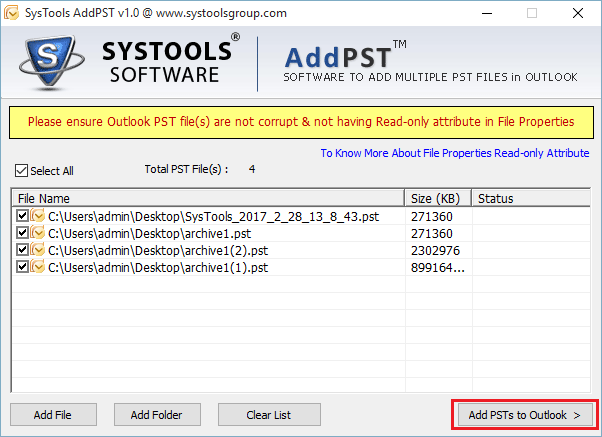

After an administrator adds List and Read permissions for you to the "Restricted" folder, Windows can traverse the full path and return a normalized path to Outlook. In this case, Windows is unable to return the normalized path. In this example, you have permissions to the "Everyone" folder in the path, but have no permissions to the "Restricted" or "Share" folder. pst files from this location.įor example, suppose you have mapped to drive P: \\Server\Share\Restricted\Everyone and you want to add a. If there are insufficient permissions to any folder in the UNC path, GetFinalPathNameByHandle will be unable to return a normalized path. When converting the path, Windows must traverse the entire folder structure of the path to build the final name. In the case of a mapped drive, GetFinalPathNameByHandle converts the path into the Universal Naming Convention (UNC) format. With the change, the GetFinalPathNameByHandle Windows API returns the normalized path to a file. 1000, Outlook 2016 makes a specific call to an operating system component to determine the canonical path. ost files from a non-local drive, which was previously successful. That change can make Outlook 2016 unable to add. This issue occurs because of a change in the way that Microsoft Outlook 2016 works with file names and paths. For example, the file is on a removable drive or a network drive. ost file is not located on a local hard drive.

1000 or later ( how to check what version of Outlook do I have?). This issue occurs when the following conditions are true: Errors indicating that the PST file has an "invalid file name.".When you try to add a personal folder file (.pst) or an offline folder file (.ost) in Microsoft Outlook 2016, you receive an error message that states that the file can't be opened.


 0 kommentar(er)
0 kommentar(er)
